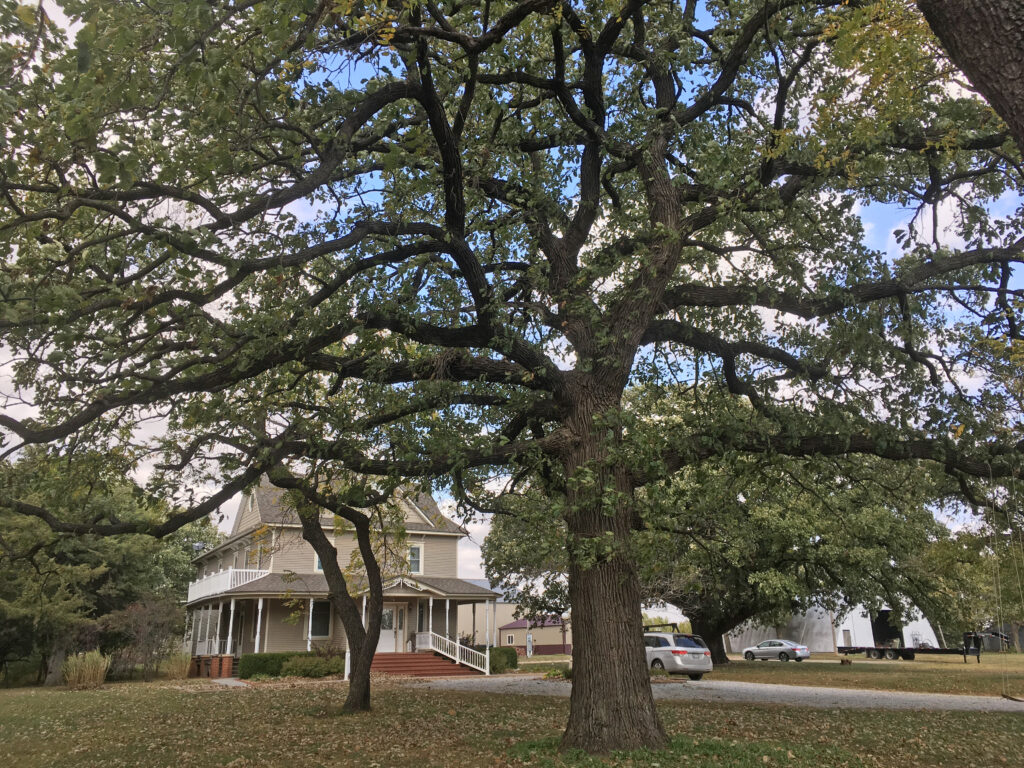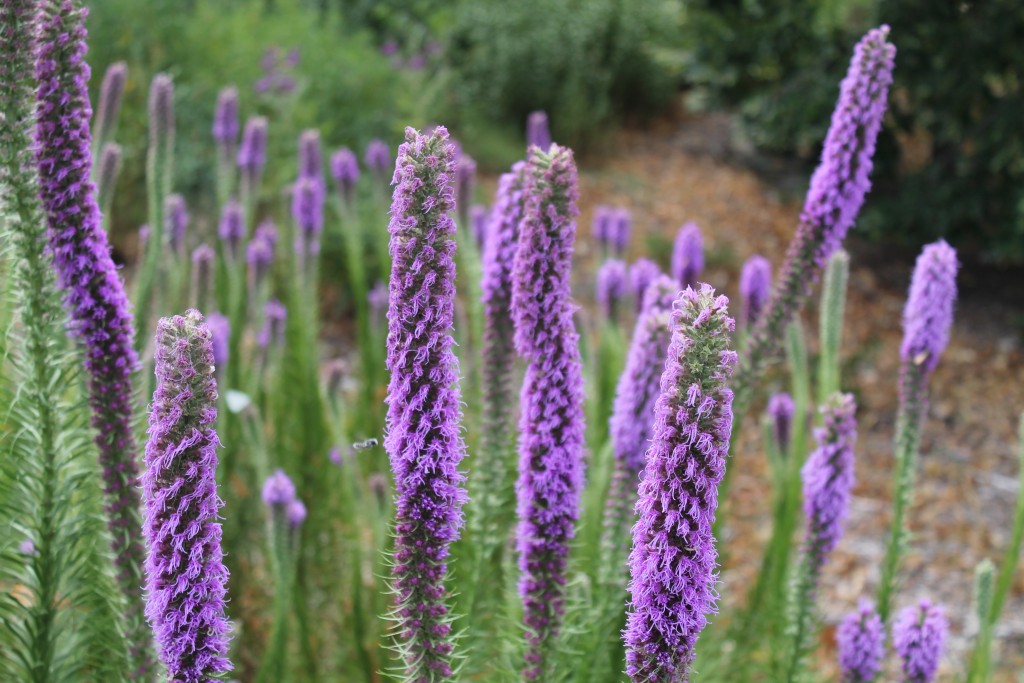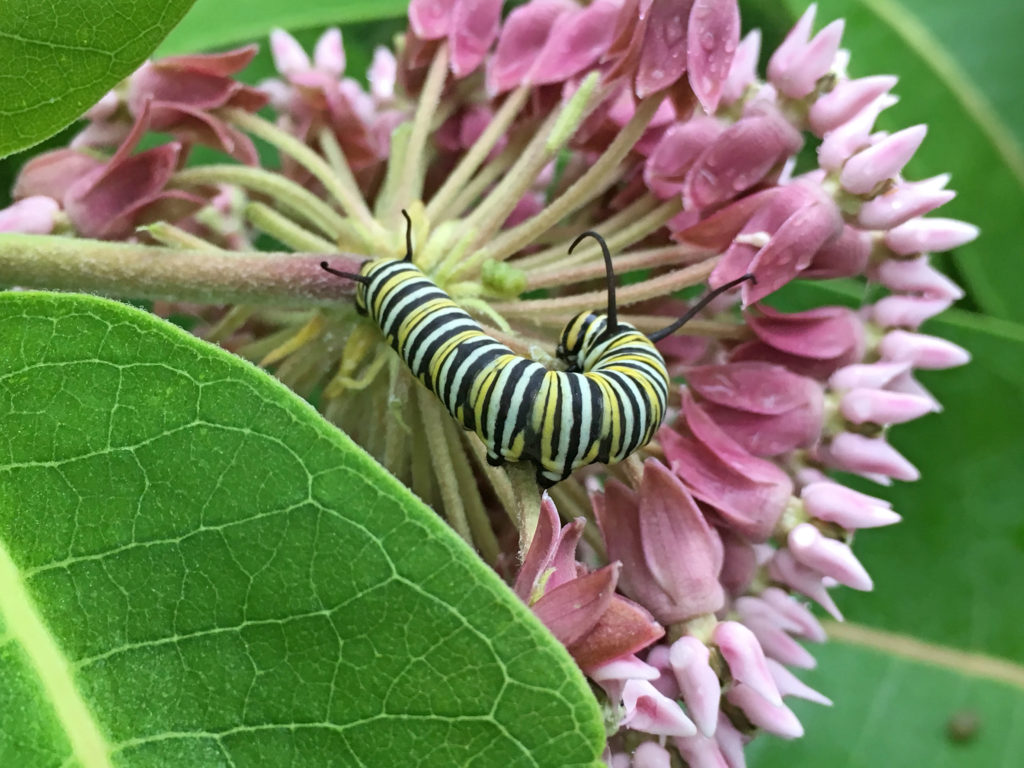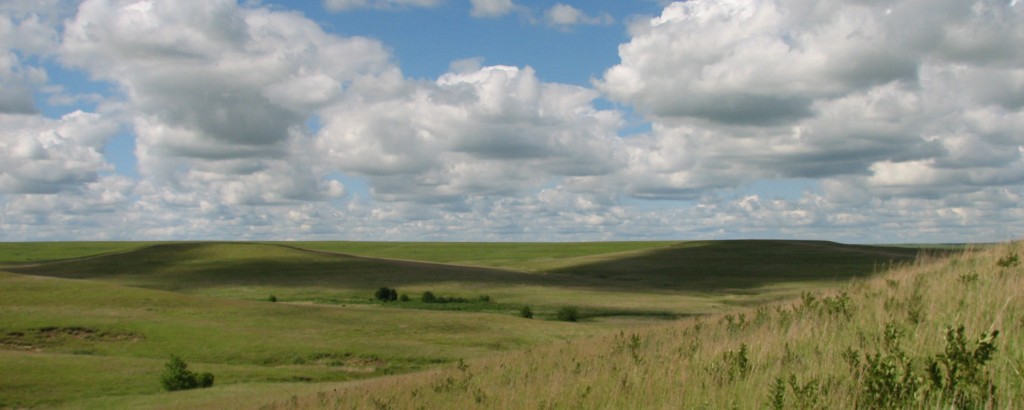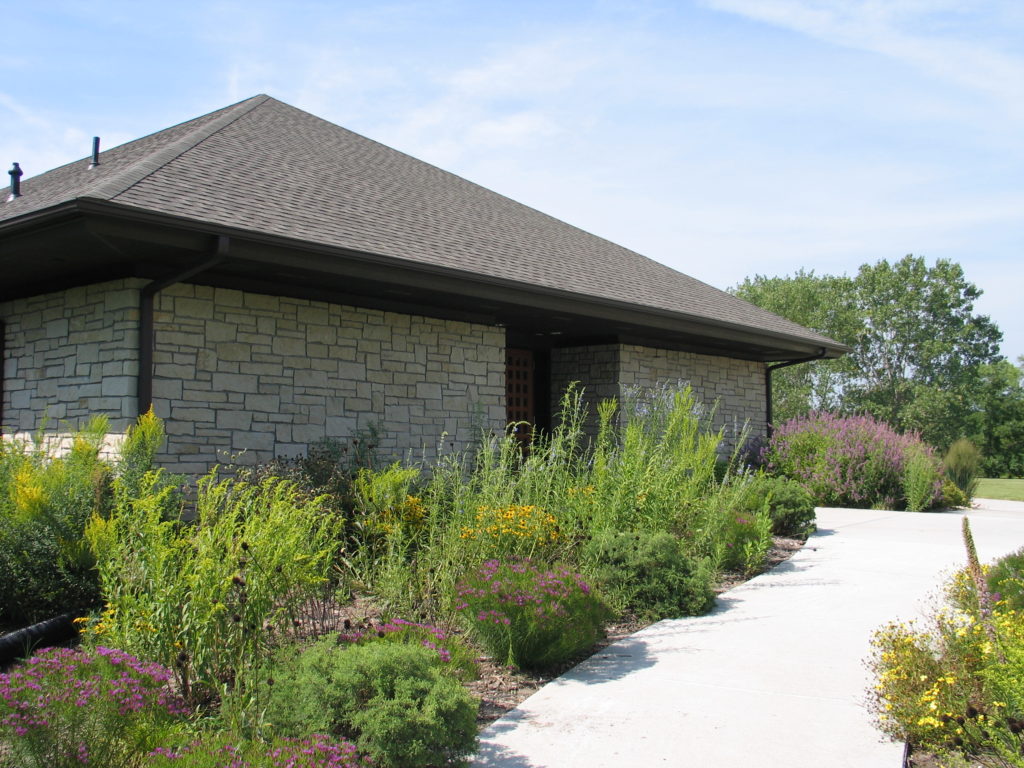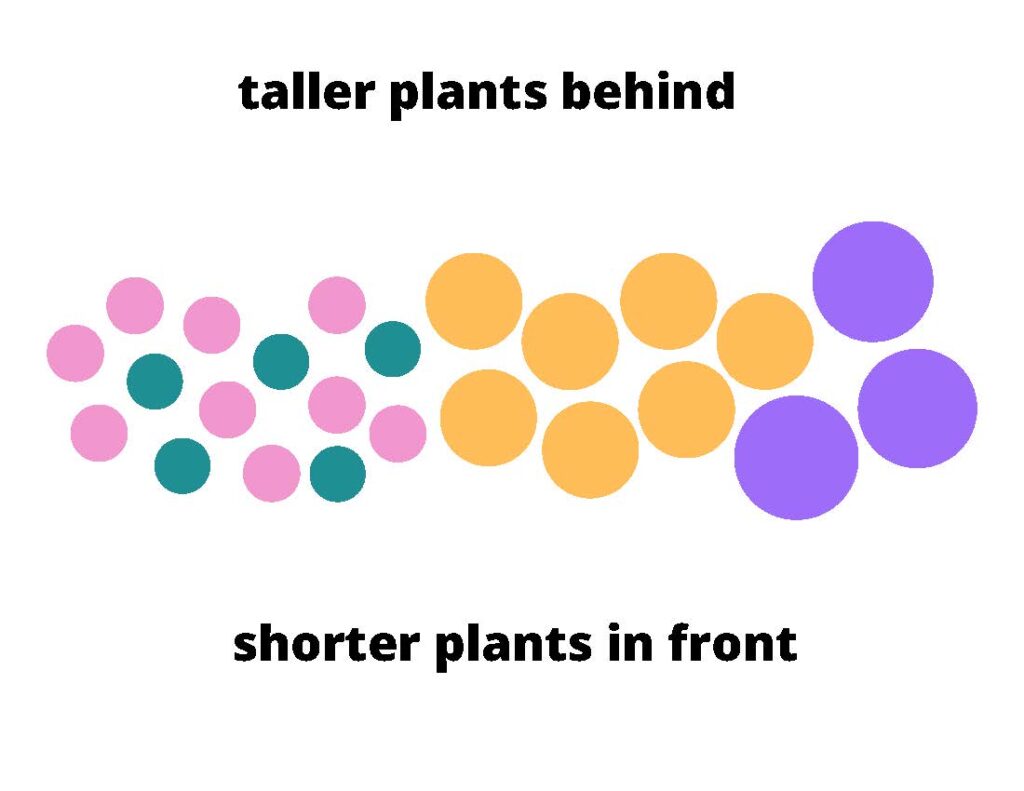Many people have a love/hate relationship with ornamental grasses. They know they need them in the landscape, but the loose, naturalistic look of grasses makes the garden seem untidy or a little too “wild”. However, these attitudes are beginning to change, especially as people notice how landscape designers like Piet Oudolf incorporate native grasses throughout their designs. Unkempt gardens are suddenly becoming vogue.
Native grasses can be wonderful assets, bringing color, structure and varying textures to the garden. In the autumn and winter, grasses harmonize and soften the landscape providing movement with the gentlest breeze. More and more, I have been blending grasses into designs. Grasses anchor a landscape and they are tough and resilient, too. Drifts of grasses all through the design along with mixing and matching grasses with wildflowers for structure and contrast looks more prairie-esque.
There are new varieties of ornamental grasses to choose from every year. Native grasses with their deep roots are suited to dry and sunny conditions, some even can thrive in wetter soils. The following list of grasses we use here at the Arboretum in sunny borders and intermingled with wildflowers. They will be available at the spring FloraKansas: Native Plant Festival.
Big Bluestem (Andropogon gerardii)
This is the king of the prairie grasses, reaching to the skies and sending its roots deep. It perseveres in tallgrass prairies. The vertical stems stand firmly, sway with only a slight breeze, and change vibrantly in the fall to shades of red and orange. The three-pronged seed heads resemble a turkey’s foot, hence its other name “Turkey Foot Grass”. Plant it in full sun in a medium to moist soil. ‘Blackhawks’, ‘Red October’ or ‘Rain Dance’ are nice varieties to use in the landscape.
Switchgrass (Panicum virgatum)
The airy seed heads and upright habit make this a great landscape grass. These forms make quite a statement in the fall and winter landscape. They add structure, texture and movement. For best results, plant them in a sunny spot in a medium to moist soil. It is very drought tolerant. Discover these varieties: ‘Northwind’- consistent upright form to four feet tall and golden yellow fall color, ‘Cheyenne Sky’- red leaves develop early in the summer and grows to three feet, and ‘Dallas Blues’- tall (to 8 feet), with blue foliage and purple seed heads.
.
Indian Grass (Sorghastrum nutans)
The yellow/tan plumes and vase-shaped habit make this grass easy to recognize in prairies. I use them in naturalistic plantings or formal plantings. Give them space, because mature plants can be five feet across the top. It grows best in a medium to dry soil and all-day sun. Heavy clay soils make it robust, but it thrives in many different soil types.
Blue Grama (Bouteloua gracillis ‘Blonde Ambition’)
This Blue Grama Grass is apparently on steroids. I cannot believe how vigorously it grew this year, ultimately reaching two feet tall. This taller form has bright blue-green leaves that are topped by a host of eyelash-like golden yellow flowers. They wave in the wind and ambitiously last from summer into the fall and winter months. I used it along a walkway but it is so attractive that it could stand on its own providing many months of ornamental interest. This beautiful grass was discovered by David Salman of High Country Gardens.
Little Bluestem (Schizachyrium scoparium)
At home in a formal planting or prairie garden, you don’t have to sacrifice anything by planting Little Bluestem. for the most part it remains upright even through the winter. The gentlest breeze puts the plant in motion. The blue-green leaves are highlighted by pink that gradually turn to rich copper, pink, and mahogany tones in the fall. It truly has a carousel of color. It provides a beautiful backdrop to perennials like coneflowers or black-eyed Susans. This graceful, low maintenance Little Bluestem will provide a form that can be used in any sunny landscape. Other garden-worthy varieties of Little Bluestem are ‘Twilight Zone’, ‘Standing Ovation’, ‘Blaze’ and ‘Blue Heaven’.
Prairie Dropseed (Sporobolus heterolepis)
At one time, this was the top selling native grass in the country. To see a mass planting in full bloom, you can understand why it is so popular. The narrow leaves form a perfect fountain of green. In late summer, the fragrant airy seed heads develop. Some liken the fragrance of the blooms to buttered popcorn. With this plant, you can get your theater popcorn fix without all the calories. It requires almost no maintenance once established. Fall color is burnt orange and rivals Little Bluestem in mass plantings.
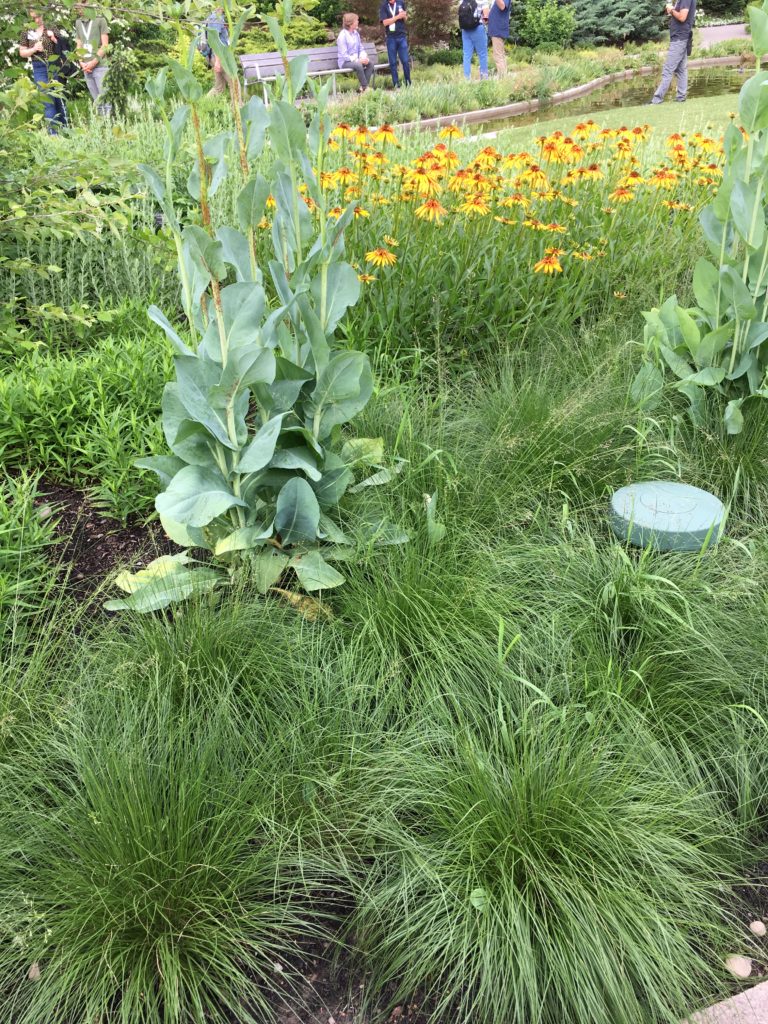
There’s really nothing like tall grasses waving in the breeze. The colors and textures change with the seasons. Don’t forget, they also provide a crucial habitat for birds and pollinators. They are in more and more of my designs because they add so much to the landscape. They don’t necessarily bloom in the same way that wildflowers do, but native ornamental grasses are both functional and visually appealing throughout the growing season and into the winter.







